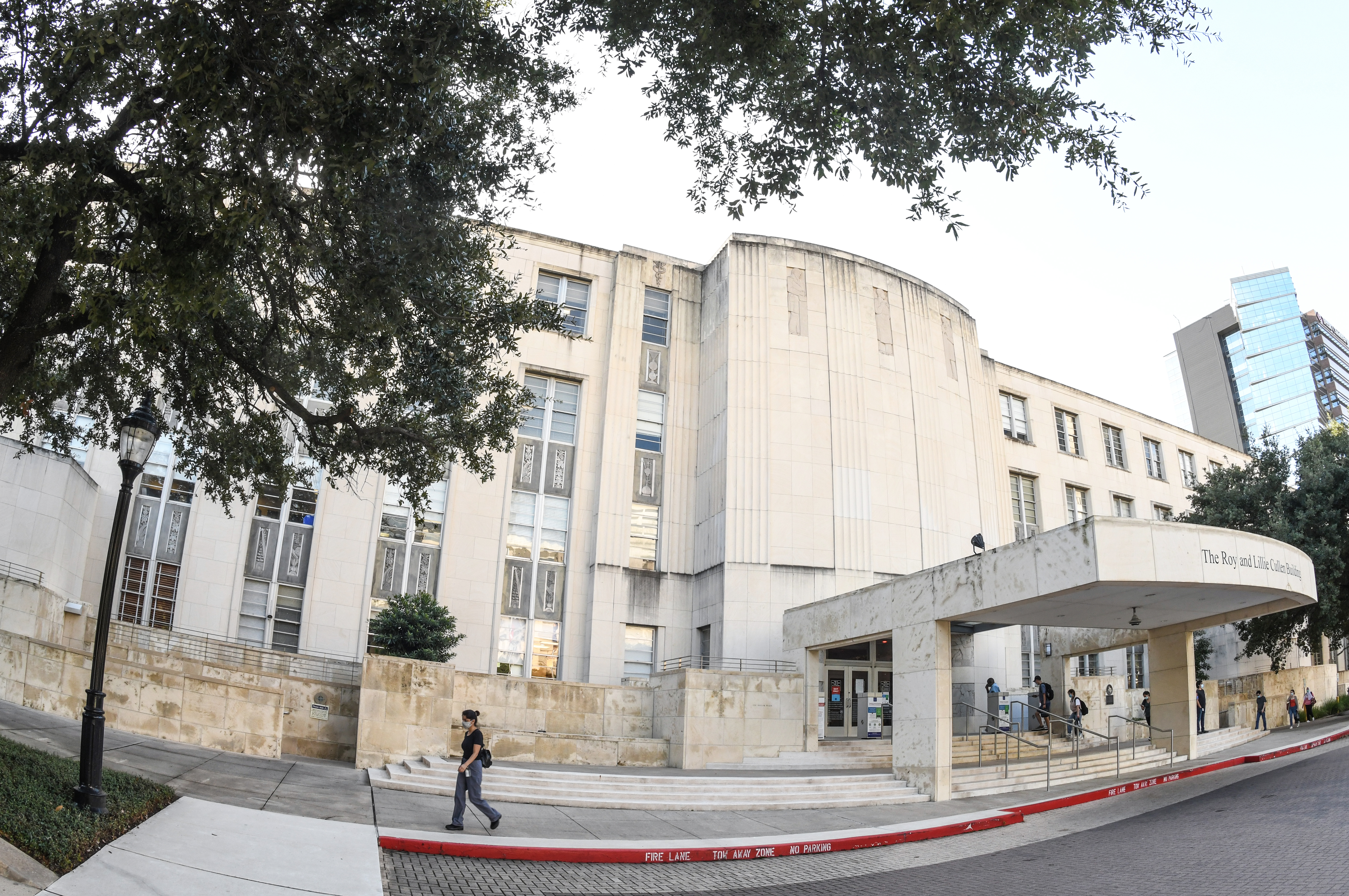Children are exposed to up to 2800 ads for junk food every year on their way to and from school – ads which influence their food preferences and contribute to childhood obesity – according to a new study that points to public transport as one of the culprits.
The authors call for all state governments to ban junk food advertising from state-owned property such as trains and buses, noting that the ACT government has already removed it from their bus network, while Queensland is set to phase out unhealthy marketing from its outdoor advertising spaces.
The research in the latest issue of Public Health Research & Practice, published by the Sax Institute, uses Google Maps to plot typical train, bus and walking routes to 21 representative schools in the Greater Sydney region, attended by 23,000 students.
Conducted by Cancer Council NSW and the University of Wollongong, the study found that a third of ads seen along these school routes – on buses, bus shelters, train stations and elsewhere – were for food and beverages. The vast majority of these (75%) were for “discretionary” foods, or those that are not needed in a healthy diet.
Fast foods such as burgers, chips and pizza were the most commonly advertised types of food and beverages (23%), followed by sugary drinks (17%) and snack foods (16%).
Kids who walk to school see the least number of junk food ads (1.7 per trip), while those who take the train see considerably more (7.3 per trip). Travelling to and from school over a year, children are exposed to 2800 junk food ads if they regularly take the train, and 1000 if they regularly take the bus, the researchers found.
“Repeated exposure to unhealthy food advertising on school trips, especially coupled with exposure to other forms of advertising such as on television and online, means that children are immersed in an obesogenic environment that undermines efforts to develop healthy eating habits,” write the authors led by Ms Clare Hughes, Manager of Cancer Council NSW’s Nutrition Unit.
Banning junk food ads on government property “would demonstrate a commitment to creating environments that help children to develop healthy eating habits and would support other government initiatives to reduce childhood obesity,” they argue.
Another highlight of this latest issue of Public Health Research & Practice is a perspective article on the novel coronavirus outbreak. Authored by world-leading biosecurity expert Professor Raina MacIntyre of the Kirby Institute, UNSW, it is the first article to appear in a peer-reviewed journal that focuses on the outbreak’s potential impact in Australia. Professor MacIntyre argues that Australia faces some unique challenges in managing this public health crisis.
Another article in this issue focuses on end-of-life care in rural and remote Australia. Often GPs deliver palliative care in these regions, despite feeling ill-equipped for the role. The study authors outline a compelling, patient-centred solution that could guide local care for those in need across all settings and providers.
Other articles find:
· A NSW obesity prevention program has reached 80% of state primary schools, showing the way forward in promoting healthy lifestyles to children
· Over 45,000 Australians prescribed statins stopped taking the medication when copayments were significantly increased, demonstrating the effect of cost on compliance
· Many pregnant women have unresolved fears around vaccination, and GPs and other health professionals may need to do more to allay their fears.
Click here to view the full contents of the latest issue of Public Health Research and Practice. Note that links will be live from 0001HRS Tuesday 10 March 2020. Please contact us (details below) if you would like to access the papers before this date.






